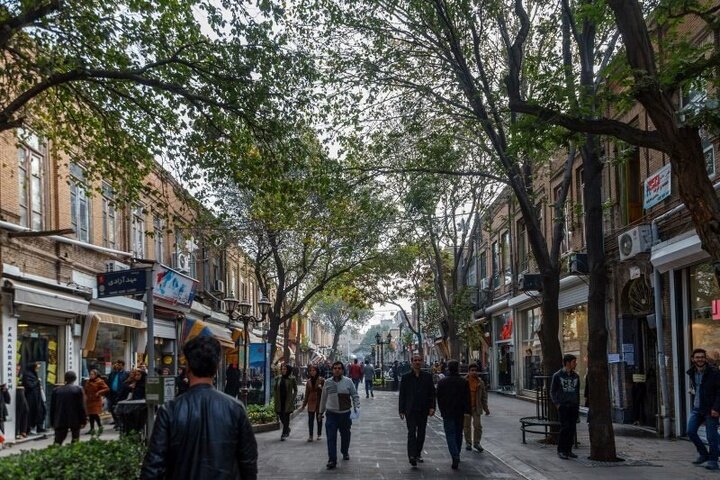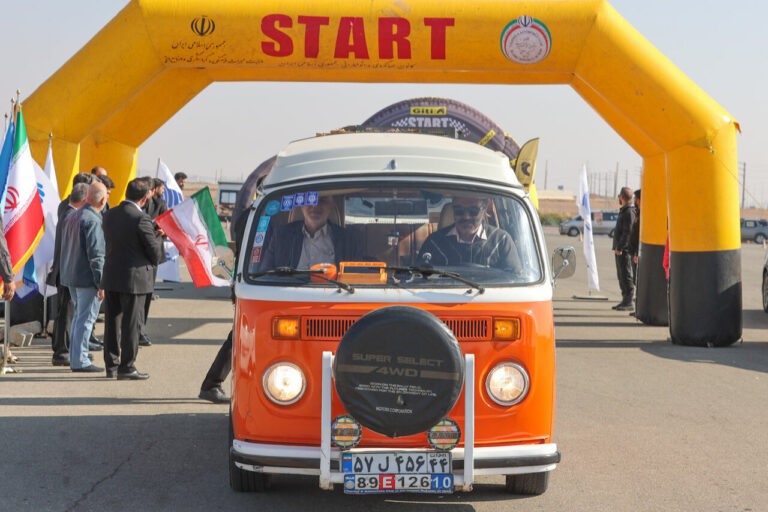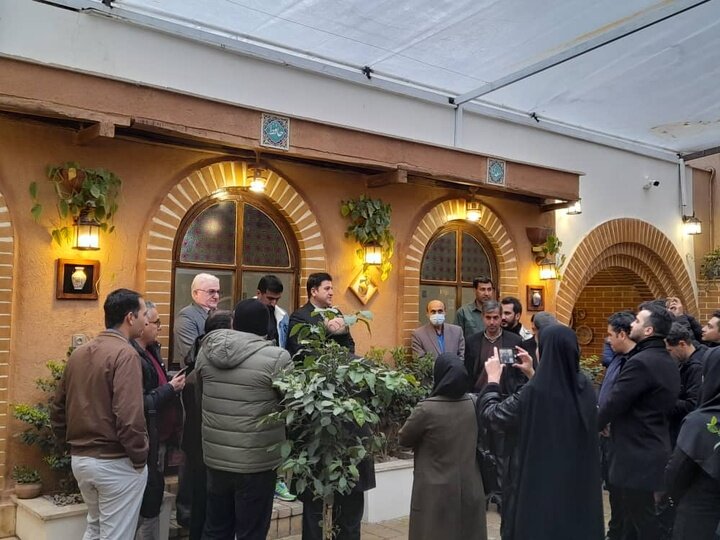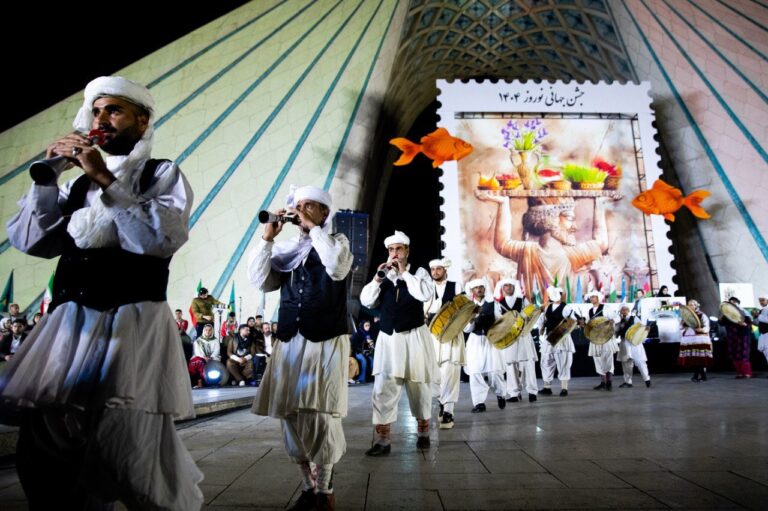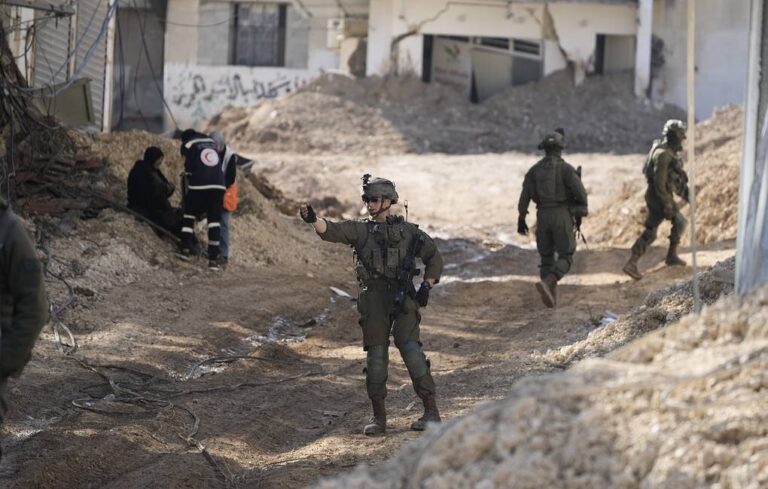Revitalizing History: Exciting Restoration Project Unveiled in Tabriz’s Historic Core
TEHRAN – A new initiative to restore and enhance the historic core of Tabriz, once the capital of Persia during the early Safavid period, has officially commenced. This project focuses on the architectural and visual rehabilitation of Imam Khomeini Street, a significant historical area within the city.
According to Hossein Monirifar, the mayor of Tabriz’s District 8, restoration work has started along the stretch of Imam Khomeini Street between Sa’at Square and Tarbiat Pedestrian Walkway. This area is considered a vital historical corridor, and the renovations will be carried out in collaboration with the East Azarbaijan Department of Cultural Heritage, Tourism, and Handicrafts.
“The current state of the facades along this street does not align with the desired shape of the historical fabric of Tabriz,” stated Monirifar. “We are implementing a traditional restoration approach to harmonize the visual identity of this important axis. Plans also include traditional lighting and signage design for local businesses.”
In addition, Vahid Navadad, Deputy Head of Cultural Heritage in East Azarbaijan province, praised the municipality’s initiative and confirmed the department’s full readiness to cooperate on the project. “Preserving the historical core of Tabriz is a pillar of sustainable urban tourism development,” he remarked.
Highlighting the cultural significance of Imam Khomeini Street in Tabriz’s urban structure, Navadad emphasized that the project not only contributes to the city’s historical identity but also paves the way for enhanced tourism and urban regeneration.
Tabriz, renowned for its rich history, warm hospitality, and the UNESCO-listed Grand Bazaar, remains a key gateway for visitors, particularly those entering Iran from Armenia and Turkey. The city boasts a long and vibrant past but has faced challenges, including the destruction of many historic buildings by invaders and earthquakes.
Throughout its history, Tabriz has served as a significant political and cultural hub. It became the capital under the Mongol Il-Khan Mahmud Gazan (1295–1304), and later, the famous conqueror Timur (Tamerlane) captured it in 1392. Several decades later, the Kara Koyunlu Turkmen made it their capital, a period marked by the construction of the renowned Blue Mosque in the ancient city.
Tabriz retained its administrative significance during the Safavid dynasty until 1548, when Shah Tahmasp I relocated the capital westward to Qazvin. Over the next two centuries, Tabriz changed hands multiple times between Persia and the Ottoman Empire. During World War I, the city was temporarily occupied by both Turkish and Soviet troops.
As the restoration project progresses, it aims to not only preserve the historical essence of Tabriz but also invigorate its role as a focal point for tourism and cultural exchange. The initiative is viewed as an essential step toward sustainable urban development, ensuring that Tabriz can continue to share its rich heritage with future generations.
- The restoration work focuses on the facades of historic buildings along Imam Khomeini Street.
- Collaboration with the East Azarbaijan Department of Cultural Heritage ensures adherence to traditional architectural styles.
- Plans include installing traditional lighting and signage to enhance the street’s aesthetic appeal.
- The initiative is part of a broader strategy to promote sustainable urban tourism in Tabriz.
- Tabriz is a critical entry point for tourists visiting Iran from neighboring countries.
As Tabriz embarks on this journey of restoration, the city not only aims to reclaim its historical identity but also seeks to strengthen its position as a vibrant cultural hub in the region, attracting visitors eager to explore its rich legacy.
